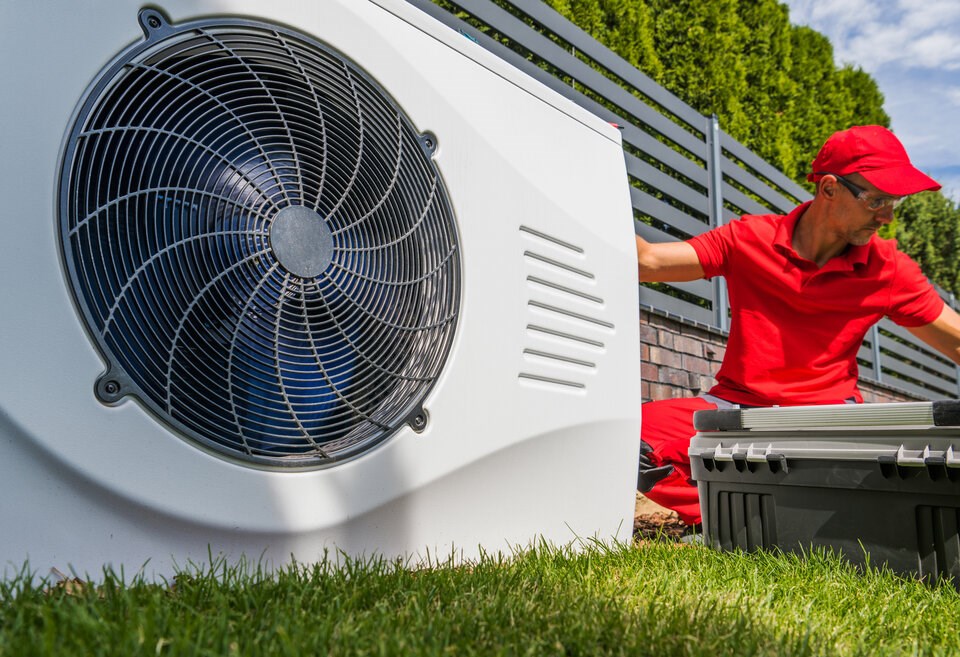B.C. will have more than enough electricity to power electric vehicles and heat pumps in the early 2030s, thanks to the new Site C dam and new wind power projects expected to be built over the next few years, according to Clean Energy Canada.
In fact, it could end up with a surplus that it can’t sell if U.S. tariffs and other protectionist measures shut B.C. out of the American electricity market.
In a new report published last week, Clean Energy Canada argued for the maintenance of provincial CleanBC policies, such as zero-emission vehicle (ZEV) mandates, and continued investment in renewable energy projects like wind farms.
Several years ago, one of the arguments against the new $16 billion Site C hydro-electric dam was that demand for power had plateaued—due in part to the loss of big industrial customers like pulp mills—and that ratepayers would be on the hook for covering the project’s bill if B.C. ended up with more power than it needed or could sell.
Today, the opposite is being argued by those concerned about energy security and affordability: That the Site C dam and new wind farms may not be sufficient as B.C. looks to electrify its economy.
These concerns have resulted in calls for B.C. to scrap ZEV mandates and policies aimed at phasing out natural gas heating with electric heat pumps.
“But these concerns are often not grounded in fact,” Clean Energy Canada argued in its report, Reality Check.
“The reality is that B.C.’s grid is well positioned for the demands of electrification, thanks in large part to the build-out of renewables and more-often-than-not advantageous power trading with our neighbours.”
B.C.’s ZEV mandate requires that 90 per cent of all new car sales must be powered by electricity or hydrogen fuel cells by 2030, with that threshold rising to 100 per cent by 2035.
In the last provincial election, BC Conservative Party leader John Rustad said he would scrap that mandate if his party formed government. In May of last year, the Energy Futures Initiative produced a report, A Road Too Far, that suggested the targets were unrealistic and that, if they can be reached, they would overwhelm B.C.’s power generation and charging infrastructure capacity.
Clean Energy Canada refutes that claim. Meeting B.C.’s 2030 EV sales target would increase electricity demand in the province by just two per cent, the report estimates. As for heat pumps, because they are so energy efficient, wide adoption would have “a nominal impact on the grid,” it argues.
“Given that 42 per cent of B.C. households use electric baseboard heating, moving these dwellings to heat pumps could save households around $500 per year on operational costs along with reducing overall provincial electricity demand by 5 per cent,” it reads.
Site C dam will add eight per cent to B.C.’s generating capacity, and renewable energy projects recently approved by BC Hydro—mostly wind farms—would add another eight per cent. BC Hydro also hopes to shave three per cent from demand through measures like demand side management and energy efficiency.
“B.C. is on track to meeting a projected 15 per cent increase in electricity demand by 2030,” the report states.
Longer term, the report cites a Canadian government study that estimates demand for electricity from EVs would require three per cent more power in 2030, 16 per cent more in 2040 and 22 per cent more in 2050.
To meet those longer-term demands, Clean Energy Canada recommends the B.C. government “accelerate the schedule for regular clean power calls.”
The report also notes that power trading helps with affordability: “What’s more, because our grid is connected to the U.S. and Alberta, it is well set up to manage future power demand and even makes the province money.”
Thanks to B.C.’s dispatchable hydro power, B.C. has been able to profit from power arbitrage—importing power when it’s cheap, and selling power when prices are high, through its trading arm, Powerex.
According to Clean Energy Canada, between January 2019 and November 2024, B.C. imported 16 per cent more power than it exported, but that the value of exports was 35 per cent higher than the cost of imports.
Thanks in part to electricity exports, B.C. enjoys relatively cheap power—about $0.12 per kilowatt hour, compared to $0.21 cents per kilowatt hour in Alberta and the U.S.
“This profitable arrangement equates to lower bills for consumers,” the report stated. “Electricity bills will be 10 per cent lower in 2025 than they would otherwise be thanks to power trading.”
What the report doesn’t discuss, however, is U.S. President Donald Trump, his tariff threats and the impact those could have on power arbitrage.
Trump has threatened to slap tariffs of 10 per cent on Canadian energy imports, including electricity. He has also threatened to increase those tariffs if Canada responds with retaliatory measures.
Clean Energy Canada executive director Mark Zacharias said B.C.’s hydro power gives it a unique arbitrage edge that may allow if to sell power to the U.S., even with tariffs on exports.
“As electricity rates spike at certain times of the year, or for whatever reason, even under a tariff regime, we will be able to export power into the U.S. and still be able to make a profit off of it,” he said.



